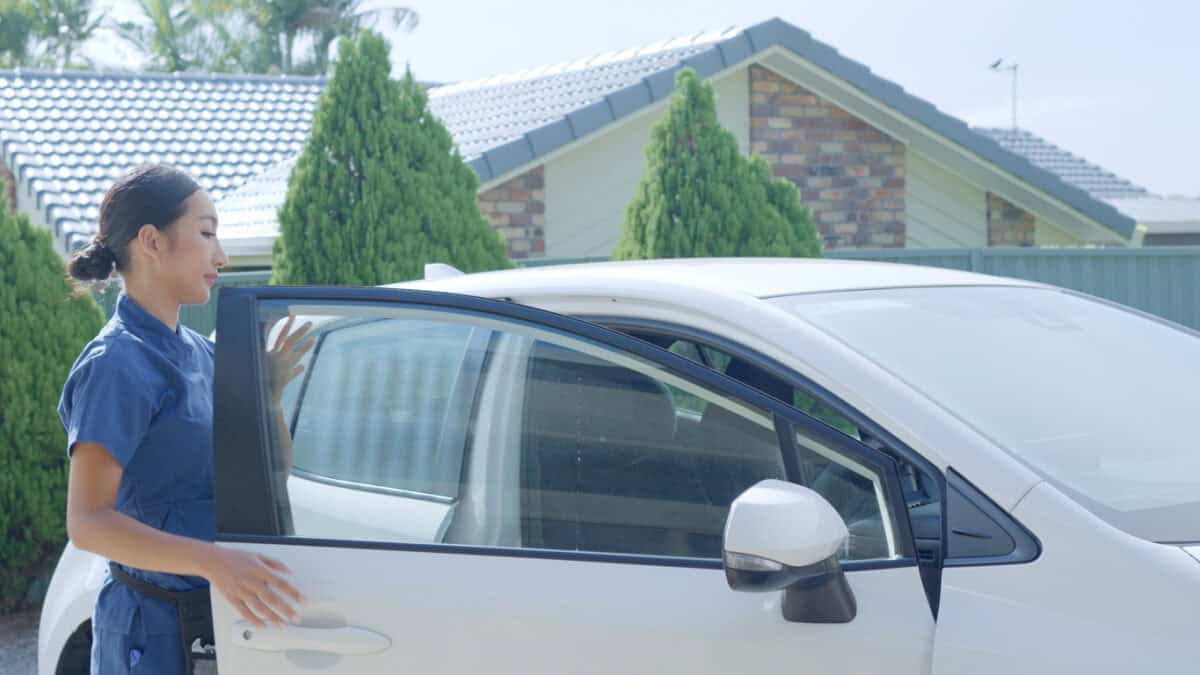I am a fan of NPR’s radio program, All Things Considered. Occasionally, it reports on workplace health and safety matters. On July 19, 2024, it reported on the unacceptable number of deaths from trenching activities in the United States. The content was shocking and disappointing (the default setting for many reactions to occupational health and safety (OHS) matters), but the report’s format is an excellent example of journalism.
Category: safety
The right to disconnect is really a right to refuse to respond
While watching Maddocks’ recent webinar on the Right-to-Disconnect for its local council clients, I was reminded of a comment from one of Maddocks’ competitors, Steve Bell, of Herbert Smith Freehills in a seminar earlier this year (paraphrased):
“This is less a right to disconnect as a right to refuse to respond”.
The webinar summarised three contexts for the new Right-to-Disconnect laws – Industrial Relations, Occupational Health and Safety (OHS) and Governance.
Male Loneliness and Work
Recent Australian research into male loneliness revealed some interesting work-related factors that employers may want to consider as part of their wellbeing and psychosocial change programs.
The research includes that among some social factors, like the persistent belief by men of having a breadwinner role:
Yes, No or N/A?
Recently, SafeWorkNSW launched a health and safety campaign for those who provide services in people’s homes, essentially Home Care providers. The message is good and simple, but this article is less about the campaign than the risk assessment and checklist forms they promote.
Many checklists expect a Yes/No answer but fail to ask a question. SafeWorkNSW’s Home Safety Risk Assessment is an example of this problem.
Continue reading “Yes, No or N/A?”Sentencing and OHS prosecutions but few solutions
Most submissions to the inquiry into Sentencing Occupational Health and Safety Offences in Victoria are now publicly available. They raise a lot of different issues and some grumbles even though the Sentencing Advisory Council provided some structure to the topics it wanted addressed.
A major purpose of any penalty is to deter harmful and damaging actions from being repeated. SAC reiterates that any sentence
- deters the offender and others from committing similar offences;
- punishes the offender in a just manner;
- facilitates the rehabilitation of the offender;
- denounces the behaviour that the offender engaged in, and
- protects the community from the offender. (page 7)
The CFMEU’s Dr Gerry Ayers opens his submission with Deterrence by quoting Gunningham and Johnstone from 1999, who wrote:
Keep away from Leadership and start to progress
Lately I have been thinking a lot about Leadership and how it dominates, and unchallenged, how occupational health and safety is managed in Australia. Of the three OHS/business books I bought this week, one included a page about Leadership and how we should move away from it.
New perspectives can perpetuate the old
An article garnering some attention on LinkedIn (Yeah, I know, the Facebook for corporate self-promotion) has called for a different path to reducing occupational health and safety injuries. “A new view of safety culture measurement” is written by safe365’s cofounder Nathan Hight. As with most articles on the Internet, the primary aim is marketing or selling (this blog is a good example); in this case he is promoting an upcoming webinar. He writes:
“In order to quantify and manage the impacts of behaviour and attitudinal-based attributes in safety, we need a more consistent approach to both the primary measurement, but also the ongoing assessment of progress and performance.”







